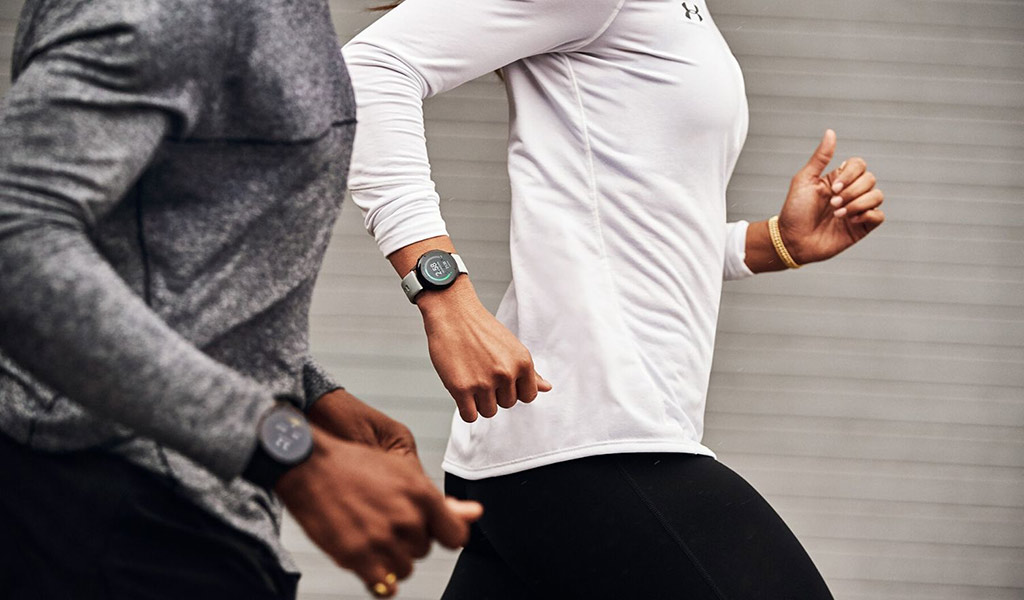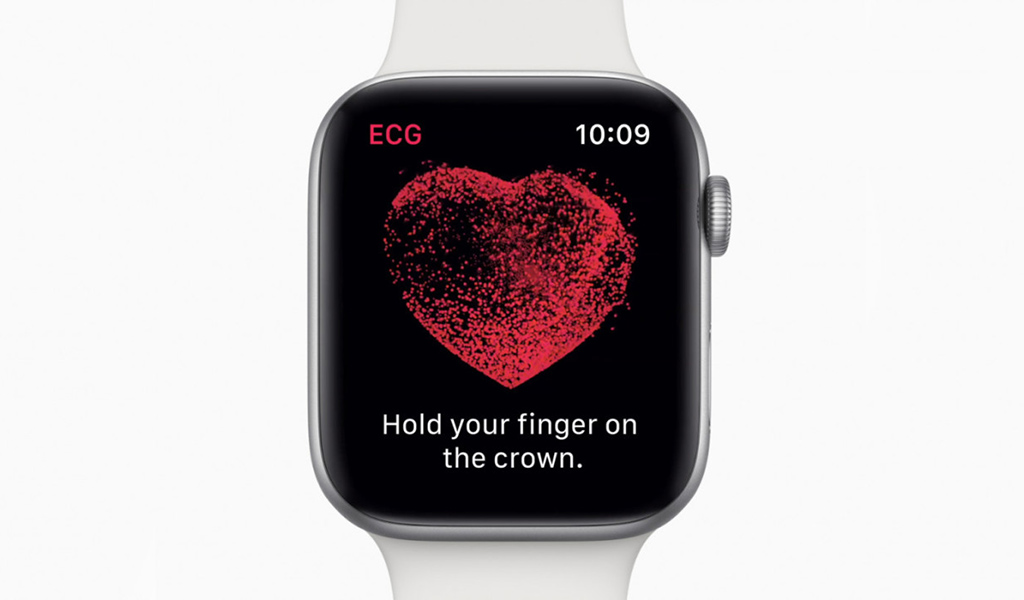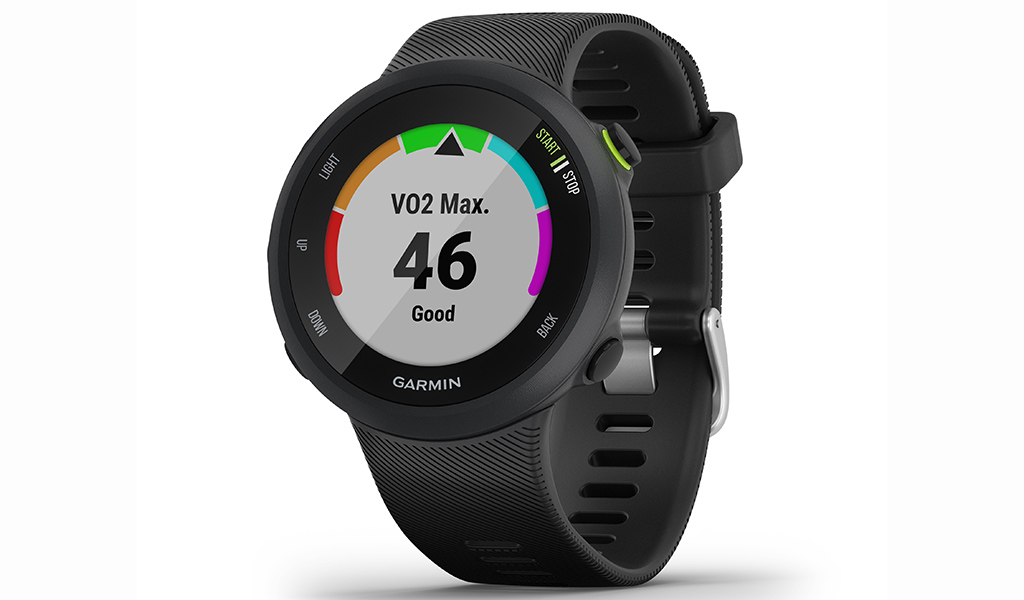
Being active sometimes requires incentive, and that includes advanced features available when wearing a smartwatch, fitness tracker or wearable device.
These devices are getting better every year, and in time, they will continue to include more technology capable of tracking not just activity, but also gleaning insight into your health. They aren’t all made the same, and may vary in particular focus, but the purpose toward activity remains.
Rather than simply choose between the type of wearable, it might be prudent to look at the features and functions instead. Which ones are most important to you? What are you looking to achieve? How might a certain feature get you there? Newer features are changing what wearables can deliver, and here are some of the keys to look for.
Table of Contents: |
 |
Pulse oximeter (spO2)
A pulse oximeter is usually referred to as an spO2 sensor on smartwatches and fitness trackers, but the terms are otherwise synonymous. The medical term is “peripheral capillary oxygen saturation,” which means that it measures how much oxygen is in the blood. Health professionals will refer to these as “pulse oximeter readings,” as they look to confirm how much haemoglobin, a protein carrying oxygen to the blood, is oxygenated and how much is in the blood.
Wearables with this feature use a light sensor that passes through blood vessels to come up with a reading, which is best done when resting. The sensor uses light that passes through blood vessels and comes up with a percentage. Anything at 95 percent or higher is considered normal, whereas anything lower than 92 percent may be a sign of something.
It’s convenient to have on your wrist, especially if it can give you some insight into possible sleep apnea. Since an spO2 sensor can take multiple readings while you rest, it may record data that, while not proving sleep apnea outright, could be a leading clue to go for further testing. Anyone with breathing or sinus issues might benefit from having a sensor like this so close to measure blood oxygen on a moment’s notice.

Electrocardiogram (ECG)
Don’t confuse an ECG (electrocardiogram) with a heart rate monitor, which is an altogether different feature. An ECG measures the electrical activity the heart generates, with a particular focus on how well it beats. Health professionals use them to test for things like arrythmia (irregular heartbeat) or atrial fibrillation, among other conditions.
Smartwatches and fitness trackers with ECG capability bring some of that testing to your wrist and make it hands-on. There are no electrodes to stick to your chest, like is common practice in a health facility. With a compatible wearable, you can get a reading after 30 seconds to see if your heart shows a normal sinus rhythm or abnormal heartbeat. Do multiple readings in a day or week and see if a pattern starts to show itself.
You can’t understate the convenience of this feature because it could help alert anyone to a potential issue. While an ECG on a wearable device won’t be able to track everything a medical-grade one does, it can still prove a handy tool to have in case of an abnormal heartbeat. It can also be incredibly valuable for those with pre-existing conditions because it can help keep track of any fluctuations or changes based on environment or activity. It’s always best to seek medical advice from a doctor or health professional, but an ECG on your wrist is a good place to start.

VO2max
VO2max (volume + oxygen max) differs from other oxygen-related metrics in that its focus is to know how well your body is using oxygen when it’s working the hardest. It uses aerobic metrics to determine your overall endurance by measuring the millilitres of oxygen per kilogram and per minute. If you’ve ever seen athletes running on a treadmill with an oxygen mask on, that’s probably what they’re testing.
Granted, a smartwatch can’t replicate what a proper lab can do, but that doesn’t mean you won’t gain valuable information. It will tell you what your VO2max is based on when your flow of oxygen stabilizes in spite of your workload going up. And don’t worry if you don’t have a treadmill, you can do it by going out for repeated runs to come up with a score. Generally speaking, the higher the VO2max, the more in shape you are.
Smartwatches and fitness trackers don’t have a dedicated sensor tracking this. They combine tracking data, like resting heart rate, age, weight, gender and activity level, to come up with a score. Running is what helps improve its accuracy because pace and heart rate are the keys. The reason why is running on a flat surface at a lower heart rate indicates a higher VO2max score, while a higher heart rate at the same pace scores lower. If you want a good measure of where your conditioning lies, this is one way to find out.
GPS for location and routes
Some smartwatches have long included built-in GPS, but it’s also growing as an included feature in other wearables. People know GPS in how it offers guidance on how to get from one point to another on a map. With wearables, GPS can be especially useful to runners and cyclists who want to know the exact route they went on without having to rely on a phone to do it.
That also goes for long walks, or even for golfing and other sports activities where distance or location might be good to know. GPS helps immensly when it’s important to measure distance for any activity you do. You can even use it with a mapping app to get around as a tourist, or to track your movements throughout a given day.

Sapphire glass
Wearables can sometimes take punishment for the sake of being active. Comfortable materials also have to be robust and solid to withstand the rigours of an intense activity. But it’s not always the most extreme instances that require an extra layer of protection.
Sapphire glass is one of the hardest substances in the world. It’s almost as hard as a diamond, and considerably stronger than standard glass is. That not only makes it durable, but also highly scratch-resistant. It’s noteworthy when you factor in how often you touch a smartwatch or fitness tracker screen. Or how susceptible it may be to bumps and scuffs with various surfaces.
It’s not a feature you will commonly see yet in wearable devices, but they are out there. Sapphire glass is made with longevity in mind, as much as it is about durability, so if you plan to hang onto your wearable device for a long period, it helps to have that kind of glass.
Your wearable, your choice
As you can see, smartwatches, fitness trackers and wearable devices are equipped with advanced features and options. You may not get everything in one single device, but you can cover more than before. It’s also getting progressively easier to determine how health and fitness blend together in one product. With that knowledge, you can make the move that’s right for you.
Check out the latest smartwatches and trackers and wearables.



